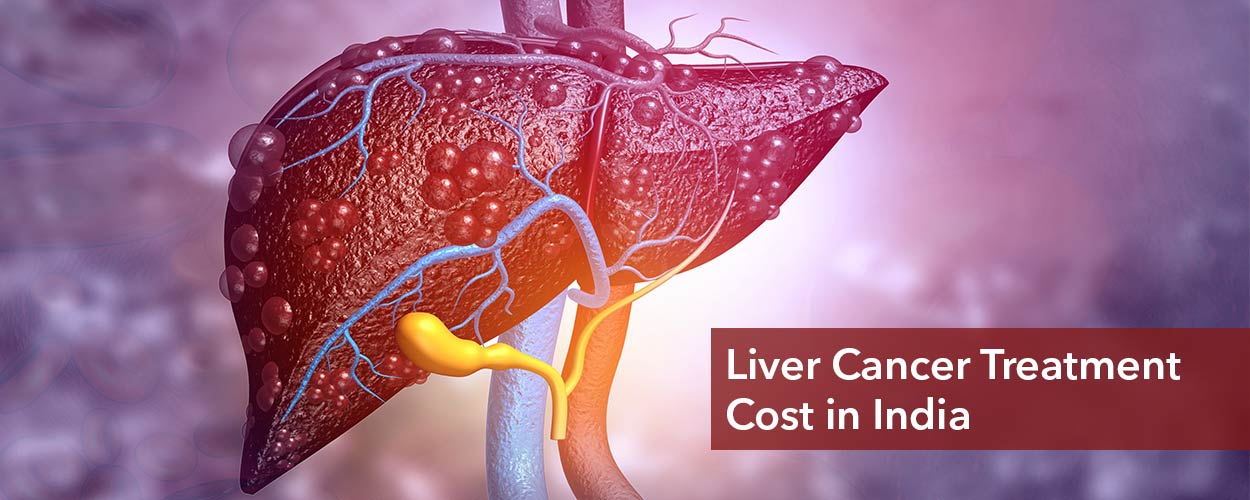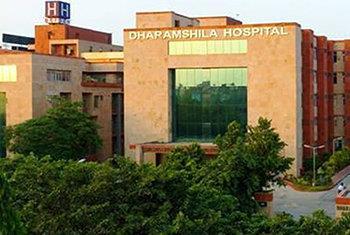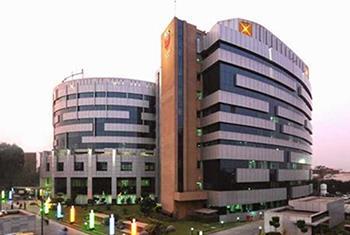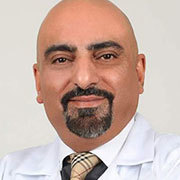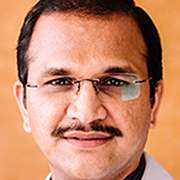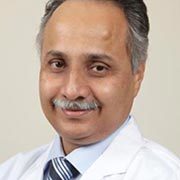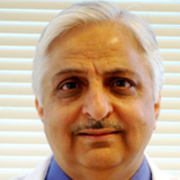Liver cancer treatment in India
The treatment plan for a liver cancer patient is designed on the basis of following factors:
- Extent of damage to the liver
- Size, location and number of tumours in the liver
- Whether the cancer has spread to other parts of the body
- Overall health status and age of the patient
Treatment options for the patient whose cancer has not spread and is restricted to only a part of the liver are:
Surgery: If the cancer is found at an early stage when the rest of the liver is healthy and the cancer is located to only a region of the liver, surgery is usually the choice of treatment. It involves to remove the tumor from the liver.
This can be done through a procedure called partial hepatectomy. During this operation, the surgeon removes the part of the liver to stop the cancer from growing further and spreading. It is usually an option when the tumor is small and a limited section of the organ is affected.
In people who have liver cancer due to cirrhosis or have scar tissue in the liver, the surgeon will have to leave enough healthy tissue after the hepatectomy surgery so the liver can function normally.
However, it is important to note that people with otherwise healthy liver function are suitable candidates for a hepatectomy. Also, the procedure may not be the recommended treatment option when the cancer has already spread to other parts of the liver or other organs in the body. Liver surgery for such cases have the risk of excessive bleeding, blood clotting, infections and pneumonia.
Another surgical option for liver cancer patient is a liver cancer transplant. Patients with cancer that has not spread to other parts can have an option of a liver transplant. In this surgery, the diseased liver of the patient is replaced with a healthy liver from a donor.
Liver transplant surgery can be of two types depending on the donor: living donor transplant or deceased (cadaver) donor liver transplant. For a living donor liver transplant, a portion of healthy liver from a matched living donor is used to replace the damaged liver of the patient. The doctor will perform certain tests for both the donor and recipient to determine compatibility match.
In case of a deceased donor liver transplant, the entire liver from a cadaver (person who has recently died and has healthy organs) is taken and put into the patient.
Other treatment options for cancer that has not spread outside the liver and if surgery and transplant are not possible include:
Radiofrequency ablation: This method involves the use of a special probe to destroy the cancer cells with heat. The surgeon uses radio waves, electromagnetic waves, or alcohol directly to shrink the tumour or prevent any further growth.
Cryosurgery: In this treatment, a metal probe is used to freeze and destroy the cancer cells. The doctor places an instrument, called cryoprobe, guided by the ultrasound images, directly onto liver tumors. The proble contains liquid nitrogen to freeze the cells which prevents their growth or destroys them.
Chemoembolization: In this procedure, the anticancer drugs are directly injected into the tumours in the liver. This blocks the blood supply to the tumor eventually resulting in their death.
Radiation beads: This method involves the use of beads filled with radiation. These tiny spheres are placed in the liver to directly deliver radiation in the tumour.
Radiation therapy: High radiation, such as high-energy x-rays are used to kill the cancer cells. There are different methods of radiation delivery which can be used to effectively destroy the tumour. Some common side effects of radiation treatment include nausea, vomiting, and fatigue. The advanced radiation therapy methods such as stereotactic radiation therapy which precisely delivers the radiation to the cancer cells, preventing damage to the surrounding healthy cells.
For advanced cancer or cancer that has spread to other parts of the body:
Treatment may include certain oral medication in some cases of hepatocellular carcinoma.
Palliative care to improve the symptoms and quality of life is also included in the treatment plan for patients with advanced stages of cancer
Another option for some patients is to take part in clinical trials, if recommended by the doctors.
